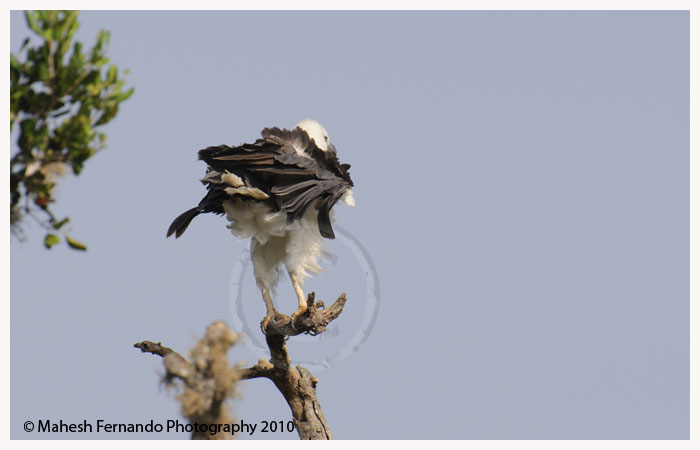




Udawalawe National Park Facts...
Location : About 230km sout-eash to Colobocity
Area : 30,821 hectares
Weather : The average annual temperature is about 27–28 °C. Annual rainfall of 1,500 millimetres.
Attractions : Big heard of Elephants feeding or bathing and playing in the water.
Best time to visit : Dry season usaully between May & September.































